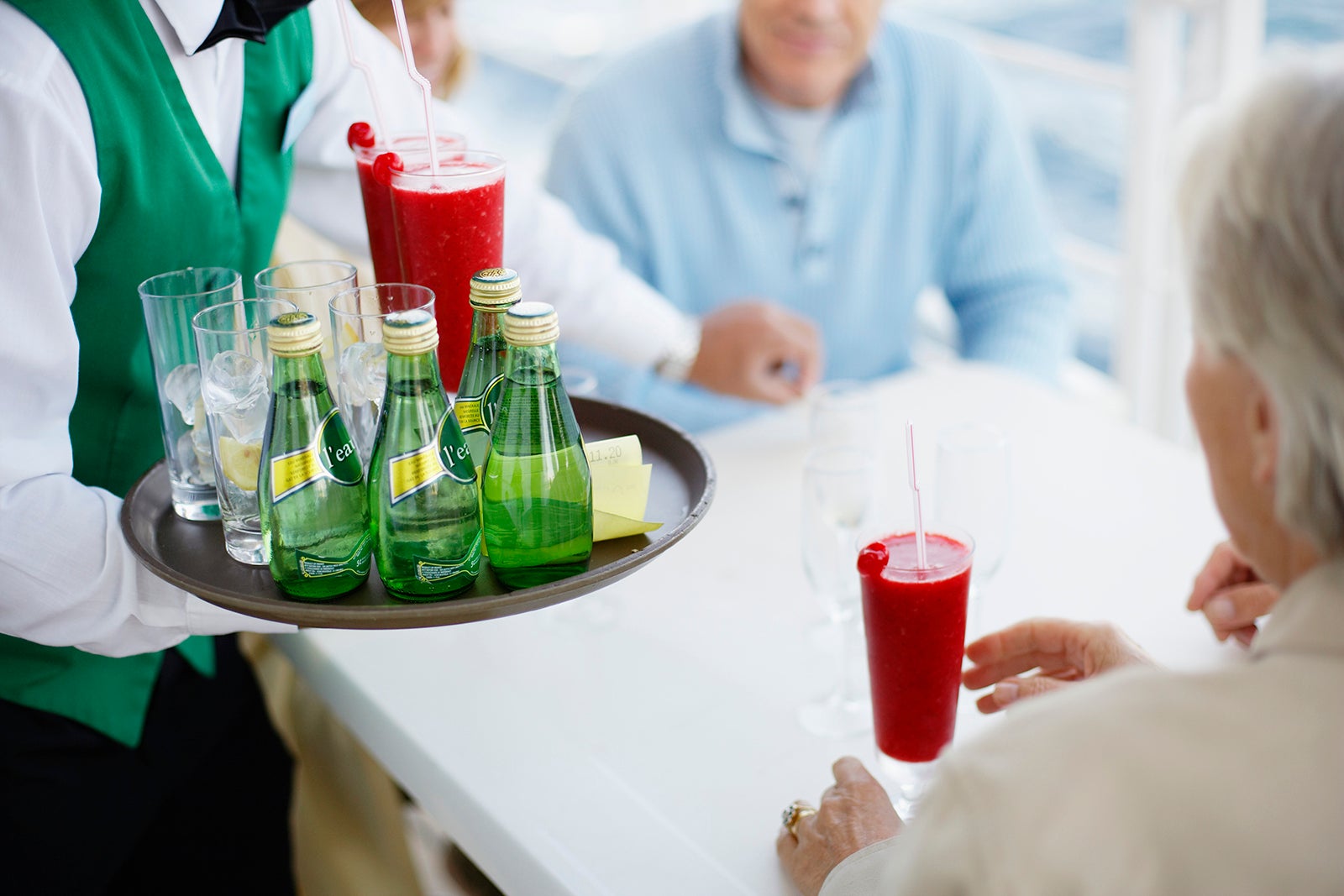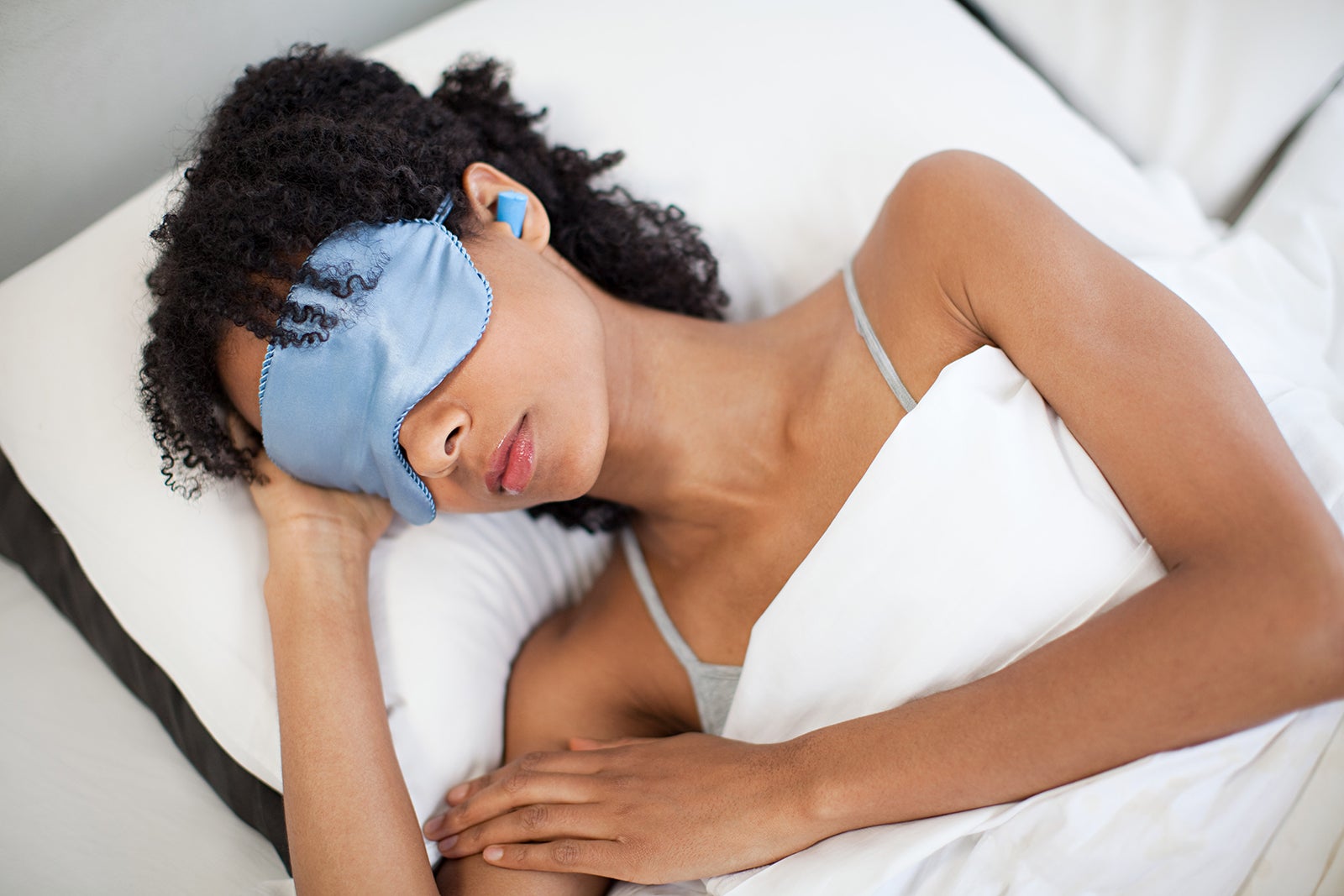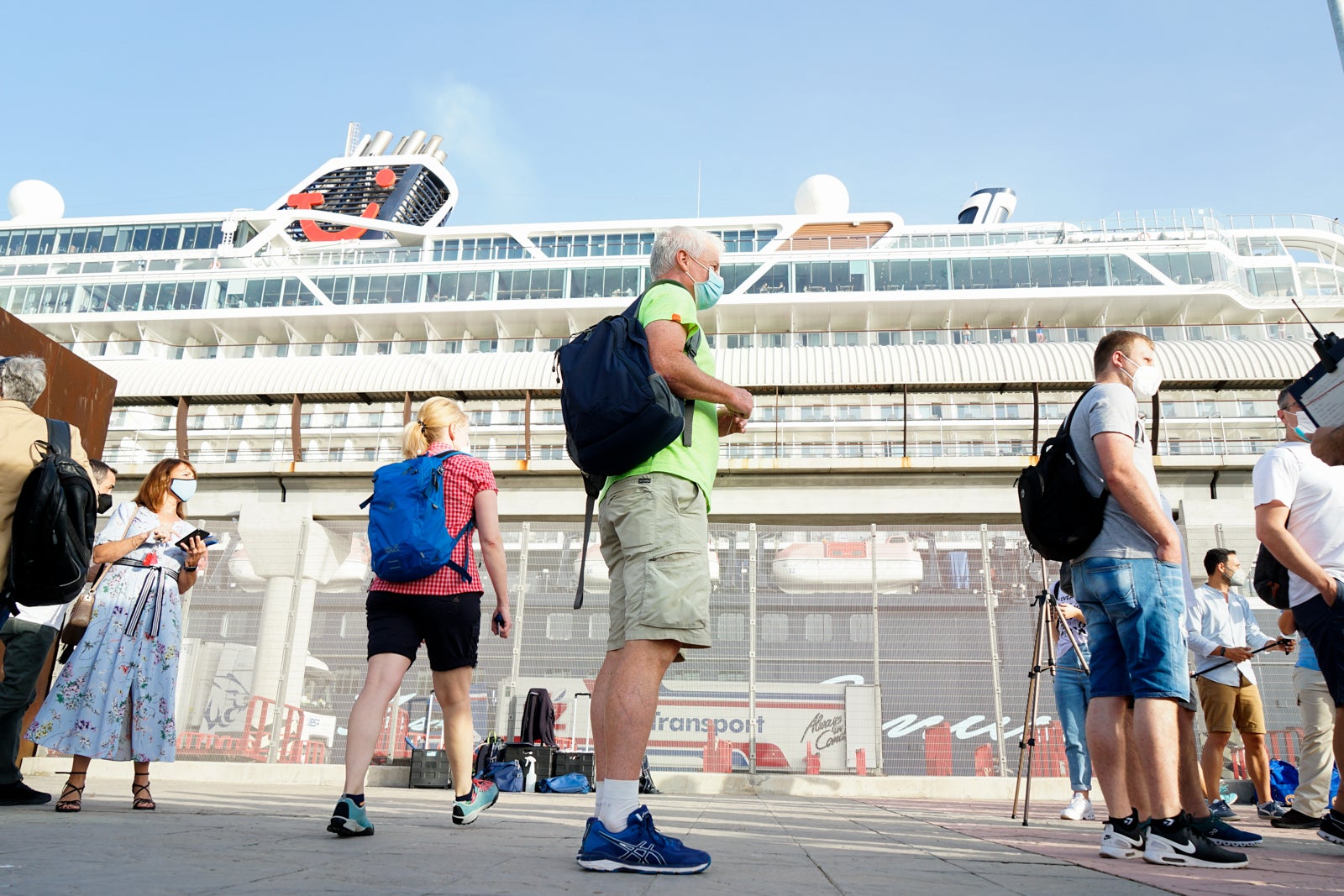You want your cruise vacation to be perfect, with no scratchy throat or headache to drag you down. Most people sail safely without succumbing to a sniffle, feeling seasick or having their stomachs otherwise gurgling. That said, you can always increase your odds of avoiding such problems.
A lot of staying healthy is common sense — which we sometimes forget when we’re sipping a rum drink by the ship’s pool, racing down a waterslide, trying our luck at the casino or dancing the night away at a deck party.
It’s wise to take some easy precautions to prevent the heartbreak of missing a beach day or, even worse, being sick in bed for half your cruise. Taking health protection matters into your own hands is important. One thing the COVID-19 pandemic taught us is how easily germs can spread.
For cruise news, reviews and tips, sign up for TPG’s cruise newsletter.
Here are nine tips to help you avoid getting sick on your cruise vacation.
Wash your hands

Even before the COVID-19 pandemic, cruise lines regularly reminded their passengers to wash their hands to stop the possible transmission of viruses such as the dreaded norovirus stomach bug. Royal Caribbean has a cartoon video with a catchy tune to encourage hand-washing. Norwegian Cruise Line positions singing crew members near the buffet to remind people to stop by the sinks or use the hand sanitizer stations.
Cruise lines increased the availability of hand sanitizer on ships as part of their COVID-19 precautions. You may want to keep your own little bottle handy too. Since you will touch shared surfaces such as handrails, elevator buttons, bathroom doors and the serving utensils at the buffet, you would be wise to disinfect your hands often.
Remember, though, the best way to clean your hands and kill germs is to use soap, water and scrub your hands for at least 20 seconds, or about as long as it takes to hum the “Happy Birthday” song twice.
Be up to date with vaccines
Cruise ships no longer require passengers to show proof of COVID-19 vaccination, but before you travel, it’s a good idea to make sure you’re protected against common, preventable illnesses.
Have you had your flu shot? Is your tetanus shot up to date? Consult with your doctor before you take a cruise out of the country to make sure you are up to date on recommended vaccines. While you’re at it, check with the doctor that you are healthy enough to travel.
If you are doing an around-the-world cruise or traveling to an exotic locale, you should consult a travel medicine specialist to see if it’s recommended you take precautions for other illnesses such as yellow fever or malaria. You can find recommendations and travel health alerts on the Centers for Disease Control and Prevention‘s website.
Stay hydrated — but watch the drinking water

You’ll want to drink lots of water to stay hydrated, especially when visiting a tropical or otherwise hot locale. Lightheadedness and headaches caused by dehydration are common issues with cruise passengers.
The water from the faucet in your cruise ship cabin will be potable, though it may come out of the tap lukewarm. Many cruisers prefer to drink bottled water, which you can buy on board. Water is also included in both alcoholic and nonalcoholic beverage packages available for purchase.
The other, cheaper option is to pack a reusable water bottle to fill up at the water taps at the buffet. There may be signs telling you not to fill your bottle, but you can get around these by filling glasses and dumping them into your bottle at your table.
When you explore on shore, you should use caution in terms of both the local drinking water and the ice in any drinks you order. Locals may be used to any bacteria in the water, but your stomach may decide to react. To check water quality, consult the State Department’s country-specific notices, where you can type in the country you are visiting and click on the “Health” section for details.
Don’t try things beyond your physical abilities
It’s not uncommon on a hot day to see people attempt a strenuous uphill hike and end up needing medical attention. When choosing shore excursions, make wise decisions based on your own abilities. A physically demanding experience is not fun if you end up unable to do it.
Yes, everything sounds jazzy and exciting in the brochure. But if you haven’t ridden a bike for 10 years, is it a good idea to attempt a 15-mile ride? Your brain may tell you you’re up for deep-sea snorkeling, but when’s the last time you swam any distance?
Carefully read the shore excursion descriptions, and ask questions if you need to before committing to strenuous activities. If they seem beyond your physical prowess, just say no.
Get some sleep

Big cruise ships are activity central day and night — think Las Vegas, New York and Disney World on overdrive. Some people attempt to do it all, but at some point, you do need to crash in your cabin and get at least a few hours of sleep. A week’s worth of hard, late-night partying will ultimately take its toll.
If you’re sensitive to cruise ship sounds, bring earplugs or a white noise machine to help you catch some Z’s. If you’re a night owl, try to sleep in or catch a nap during the day. At the very least, set aside time to relax. Your body and mind will thank you.
Pack disinfectant wipes in your carry-on
If you are flying to your cruise vacation, pack wipes in your cruise carry-on so you can wipe down your airline seat, tray table, the touch TV screen, the controls for your reading light and air vent (which you should keep open to disperse the air you are breathing) and any other surfaces someone may have touched.
Once in your cabin, you’re wise to do a similar wipe-down. Yes, it all may seem a bit paranoid. Housekeeping crew members clean every cabin between guests. Still, you don’t want to take a chance anything was missed. Germs spread.
Watch the booze

You’re on vacation, and it’s your time to let loose. Those fancy cocktails look refreshing, and that all-inclusive drinks package you purchased allows you to imbibe more than a dozen drinks a day. But do you really think you can handle all that without a headache, stomach upset or other nasty hangover symptoms?
If you’re planning to drink on board, stay hydrated. Don’t worry about missing out on pre-paid package savings because many beverage packages include bottled water and nonalcoholic drinks. Try to alternate alcoholic with nonalcoholic beverages to keep the good vibe going throughout your sailing without waking up feeling ill.
Pack seasickness remedies
Most people do not get seasick on big ships in places such as the Caribbean and Alaska, where the motion of the ocean is typically slight. But some people feel the ship’s movement no matter what.
Your best bet for avoiding seasickness, especially if you are traveling with kids who may be particularly susceptible to motion, is to pack some seasickness medication. The most common over-the-counter remedies are dimenhydrinate (Dramamine) and meclizine (Bonine). A downside to these medications is they may cause drowsiness, which gets worse if you drink alcohol. Take the medications preemptively; don’t wait until you feel a little green.
Some people swear by non-medication remedies, such as acupressure wristbands, candied ginger or ginger capsules. If you are crossing the Atlantic or Pacific or going through the famously rough (though not always) Drake Passage on your way to Antarctica, you may want to consider having your doctor prescribe a scopolamine transdermal patch to apply behind your ear for a constant stream of medication. Your ship’s medical center will have a stash of seasickness medication and, in extreme cases, will also provide shots to make you feel better.
Wear a mask

Masking on cruise ships is now a personal choice. Wearing a mask helps ward off spreadable diseases, even the common cold. There are times on a cruise ship when you will be in crowded areas and where social distancing may be difficult.
A surgical mask will offer protection; an N95 or KN95 mask offers more. Even if you don’t plan on masking most of the time, keep one on hand for long embarkation lines in the terminal or sitting in crowded theaters.
Bottom line
If you take the proper precautions, you can protect yourself against falling sick on your cruise vacation. However, if you feel ill, consult your ship’s medical team. The team will be based in an onboard medical center open during set hours and available 24 hours a day for emergencies. The center will be staffed by a doctor and nurse (or nurses) prepared to deal with issues ranging from seasickness to minor surgeries.
There’s no reason to suffer in silence, and an early trip to the doctor might result in you perking up for the last few days of your cruise rather than feeling worse. Also, as a good cruise ship citizen, it’s important to do your part in preventing illnesses from spreading to keep your shipmates healthy and happy on their cruise vacations.
Planning a cruise? Start with these stories:
- The 5 most desirable cabin locations on any cruise ship
- A beginners guide to picking a cruise line
- The 8 worst cabin locations on any cruise ship
- A quick guide to the most popular cruise lines
- 21 tips and tricks that will make your cruise go smoothly
- 15 ways cruisers waste money
- 15 best cruise ships for people who never want to grow up
- The ultimate guide to what to pack for a cruise




